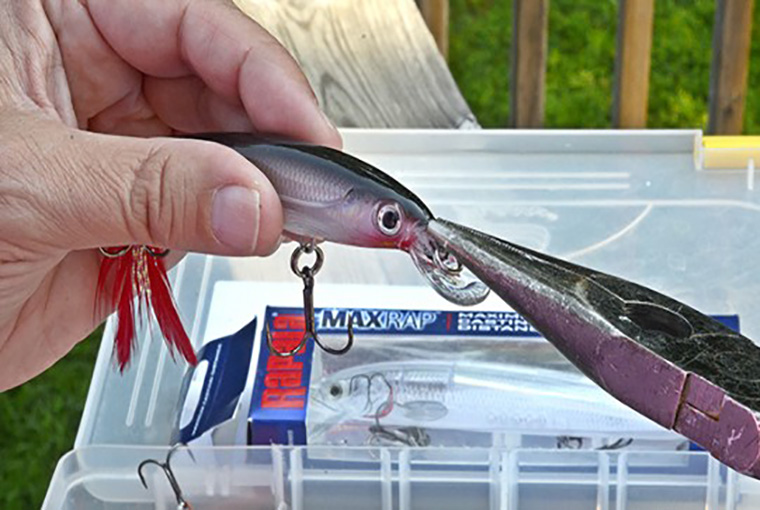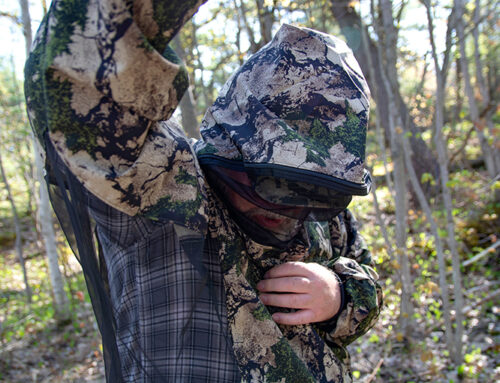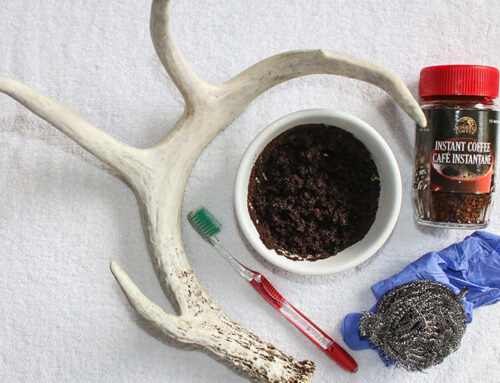
Tuning a crankbait is a lost art. Most of us put way too much faith in a lure running perfectly when it comes out of the box. Although the quality and dependability of new crankbaits has increased over the past decade, there are still many that need some fine tuning in order to run true.
A tuned crankbait dives straight down in the water when trolled or retrieved. If there is any tilt in one direction or the other, that crankbait is out of tune. This may not seem like a big deal, but you can be certain fewer fish will be caught on a bait that’s not tuned, if any at all.
The fix is relatively easy, yet requires a soft touch and a good eye for proper action.
For a crankbait to dive straight, the eye of the lure (where you tie on) has to be lined up with the centre line of the lure. This is easier said than done.
To align the lure, you need to bend the eye-tie in the opposite direction that the lure is running.
For instance, if your crank is veering to the right, you need to bend the eye slightly left.
Small needle-nose pliers or haemostats do the job, but be very gentle with this adjustment. Over-bending the eye will weaken the temper of the wire and that could lead to breakage. A broken eye is the end of that crankbait, tuned or not.
Tuning Conditions
Tuning a crank is best done in a clear, calm lake. Trying to tune in a current or while a boat is trolling is not recommended. Currents are unpredictable and the disturbance of the motor can impact the lure.
Cast the lure that needs tuning and lower your rod tip towards it. Reel the lure back at a quick pace. Any movement to the left or right should become very evident. Make any small needed adjustments and then cast and re-try the bait.
Occasionally, the first adjustment does the trick, but normally it takes a little fine-tuning to get it running right.
Initially, tuning can be a very frustrating thing to do. The narrower the lip of the crankbait, the more you will have to play with it. Over time, however, you will learn the idiosyncrasies of different lures and it will all get easier.
Staying Straight
Keeping a crankbait tuned is the next battle. Using a loop knot or small wire snap to attach the lure to your line will help a lot. A loop knot allows for freedom of movement and using a wire snap does the same, while making it easy to change lures.
A clinch knot tied directly to the eye of a crankbait usually kills the action and can make the lure run out of tune, even if it isn’t. A snap swivel or angled swivel is also bad news for crankbait action.
Tuning crankbaits is not the way most of us want to spend 20 precious minutes on the water, but the investment in time will save you from replacing lures that don’t run well and will almost certainly mean more fish in the boat.






Leave A Comment